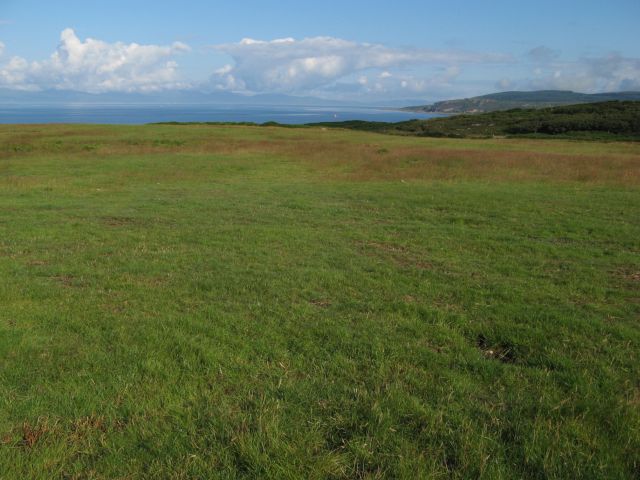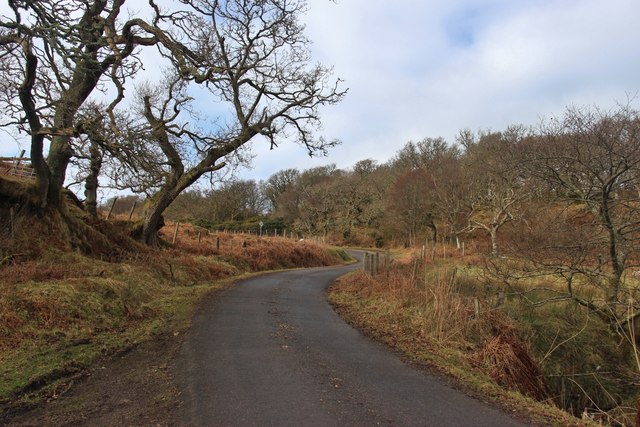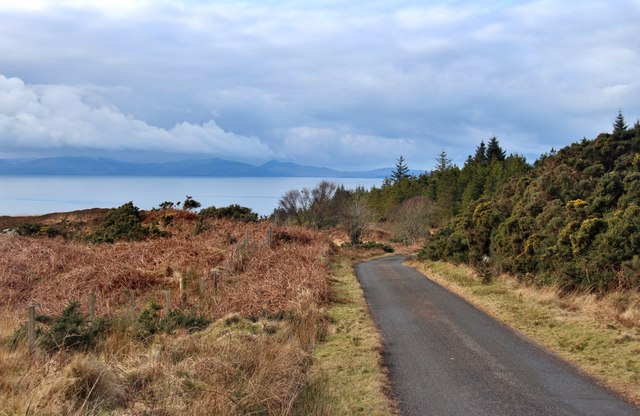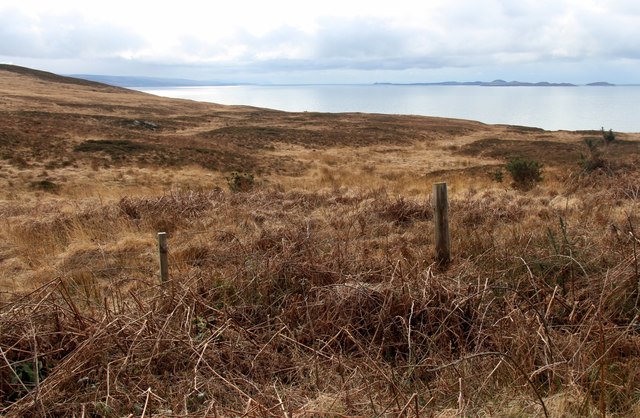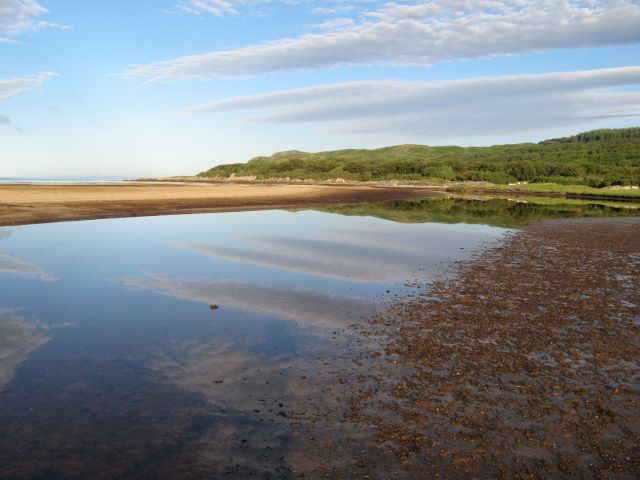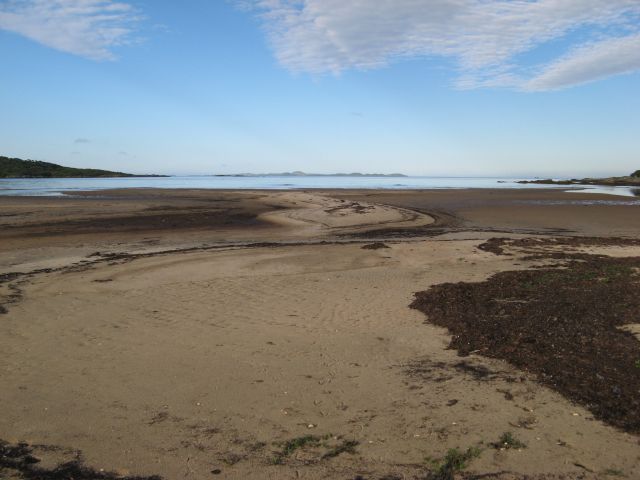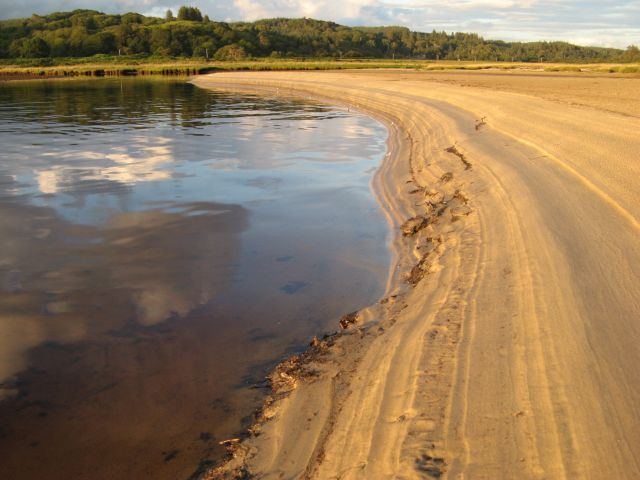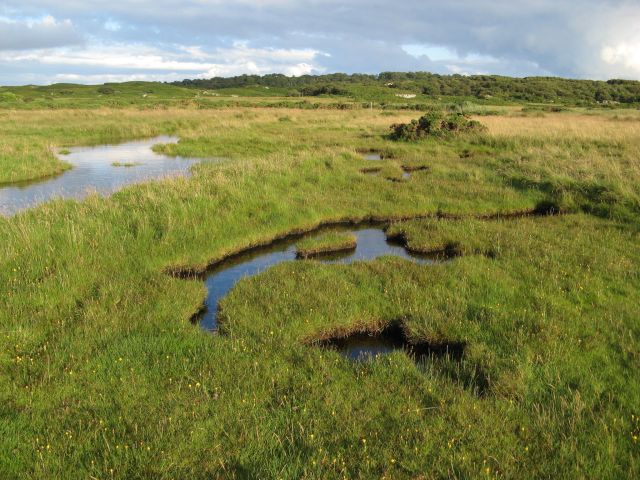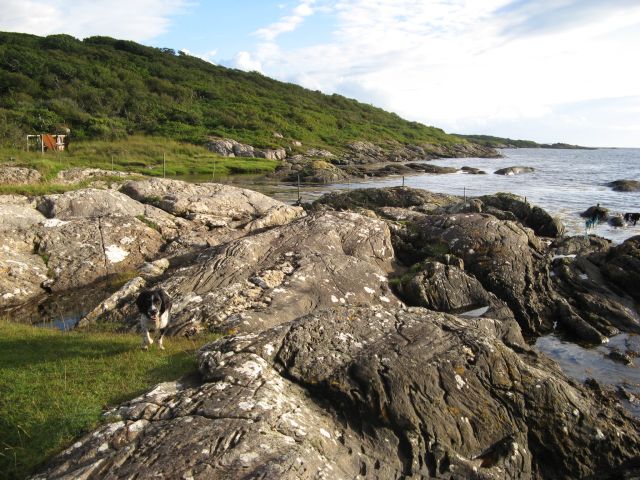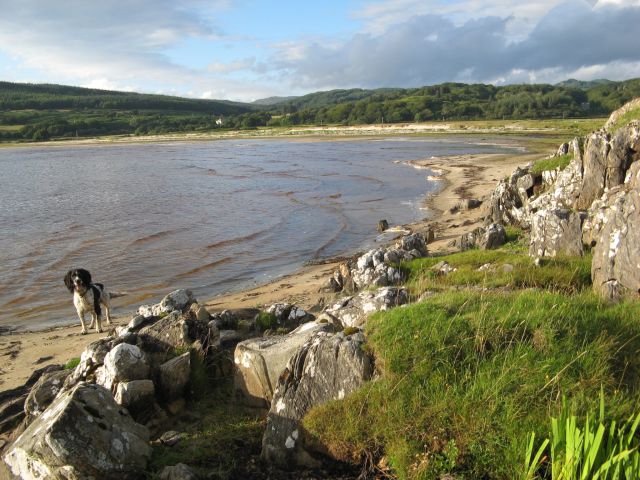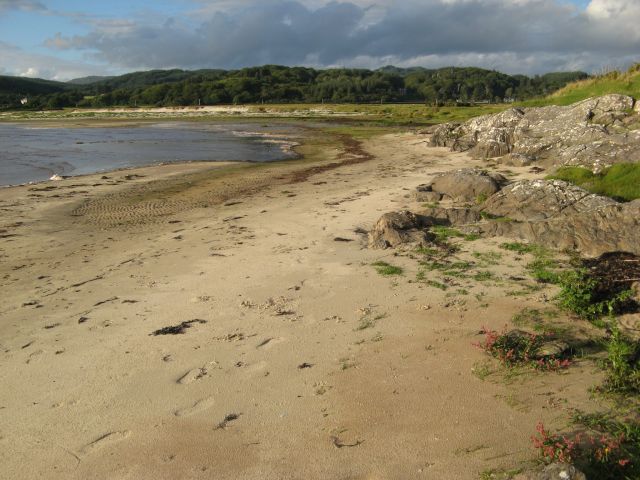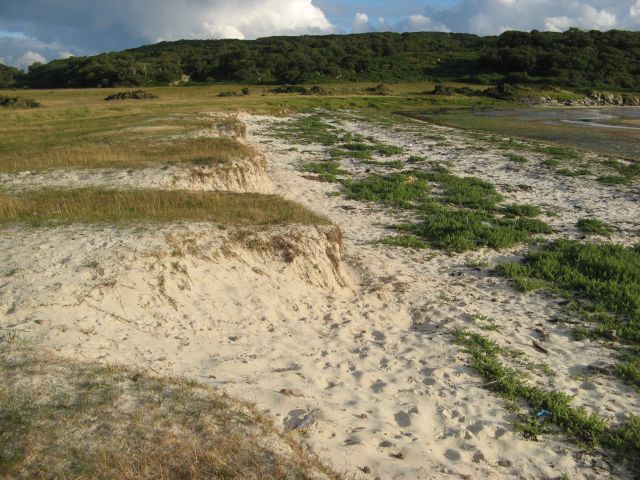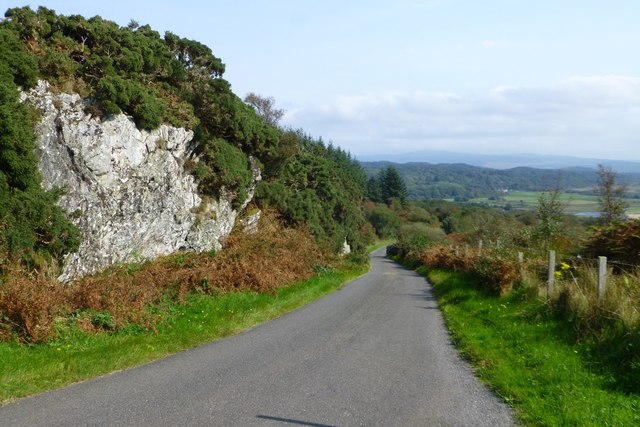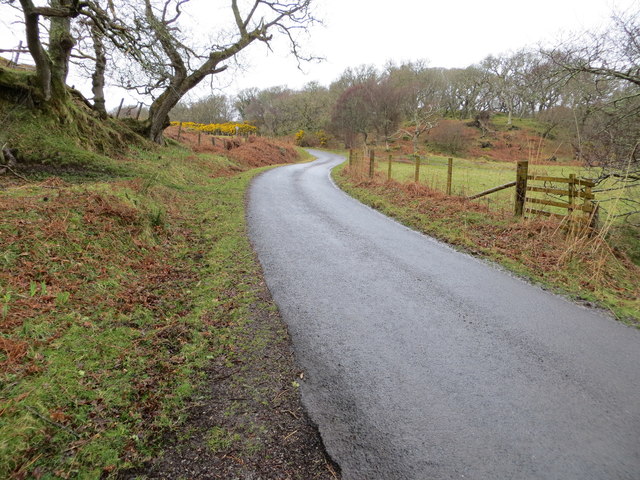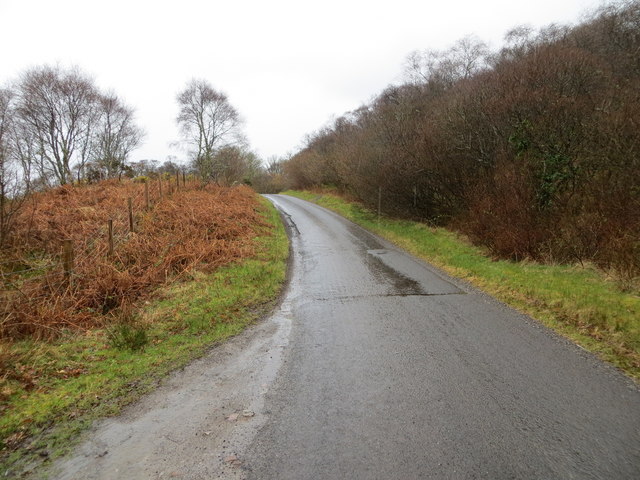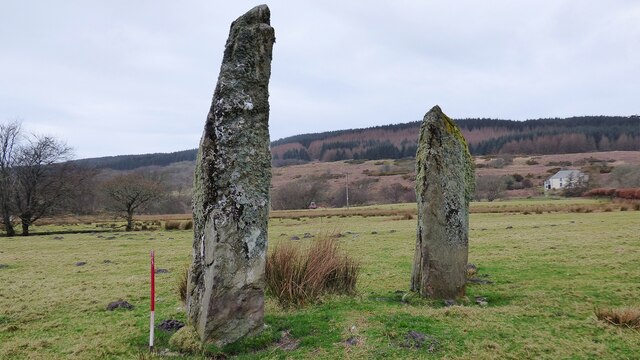Rubha na Lugain
Coastal Feature, Headland, Point in Argyllshire
Scotland
Rubha na Lugain
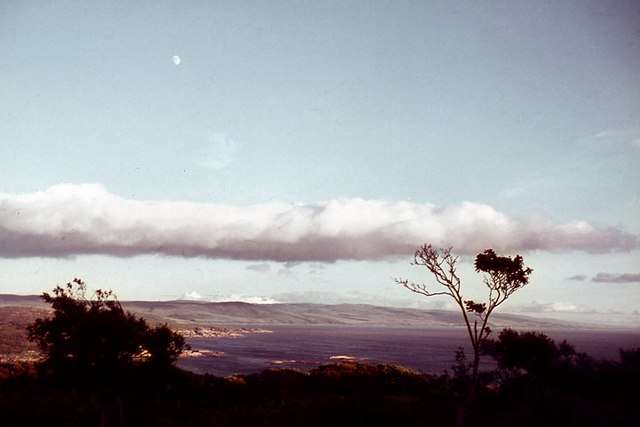
Rubha na Lugain is a prominent headland located in Argyllshire, Scotland. Situated on the west coast, it juts out into the Atlantic Ocean, offering stunning views and a rugged landscape. The headland is known for its dramatic cliffs, which rise steeply from the sea, creating a majestic and picturesque sight.
At Rubha na Lugain, visitors can witness the power of nature as the waves crash against the rocks, creating a mesmerizing display. The headland also provides a habitat for a diverse range of wildlife, including seabirds such as gannets, fulmars, and kittiwakes. Birdwatchers can enjoy observing these species in their natural environment.
The headland is easily accessible for those who wish to explore it further. There are various walking paths and trails that wind their way around Rubha na Lugain, allowing visitors to fully immerse themselves in the breathtaking surroundings. Along these paths, one can discover hidden coves, small sandy beaches, and unique rock formations.
For history enthusiasts, Rubha na Lugain holds archaeological significance. The headland is home to ancient ruins and remnants of settlements dating back to prehistoric times. Exploring these historical sites provides a glimpse into the lives of the people who once inhabited this coastal area.
Overall, Rubha na Lugain offers a captivating and diverse experience for nature lovers, birdwatchers, hikers, and history enthusiasts alike. Its stunning scenery, abundant wildlife, and rich history make it a must-visit destination for anyone exploring Argyllshire's coastal features.
If you have any feedback on the listing, please let us know in the comments section below.
Rubha na Lugain Images
Images are sourced within 2km of 55.780794/-5.6201665 or Grid Reference NR7360. Thanks to Geograph Open Source API. All images are credited.
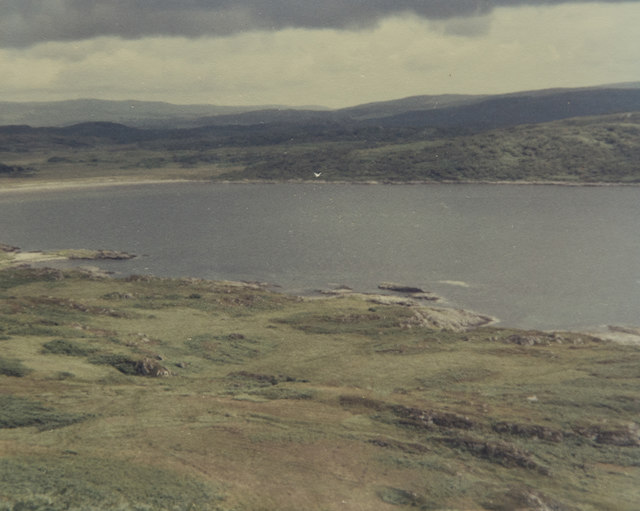
Rubha na Lugain is located at Grid Ref: NR7360 (Lat: 55.780794, Lng: -5.6201665)
Unitary Authority: Argyll and Bute
Police Authority: Argyll and West Dunbartonshire
What 3 Words
///news.hazel.pointer. Near Tarbert, Argyll & Bute
Nearby Locations
Related Wikis
Ardpatrick House
Ardpatrick House is a category-B-listed 18th-century country house in Ardpatrick, South Knapdale, Argyll and Bute, Scotland. == History == A fortified...
Ardpatrick, Argyll
Ardpatrick (Scottish Gaelic: Àird Phàdraig) is a village at the southwestern extremity of the Knapdale, Argyll, Scotland. The village is built along the...
Kilcalmonell
The parish of Kilcalmonell is situated in Argyll and Bute, Scotland. It extends from Clachan, in Kintyre to Kilberry, in Knapdale. == References == W....
Dun Skeig
Dun Skeig is an oval Iron Age dun (fort) complex which is perched atop a rocky outcropping about 40 metres (130 ft) above sea level overlooking West Loch...
Have you been to Rubha na Lugain?
Leave your review of Rubha na Lugain below (or comments, questions and feedback).
